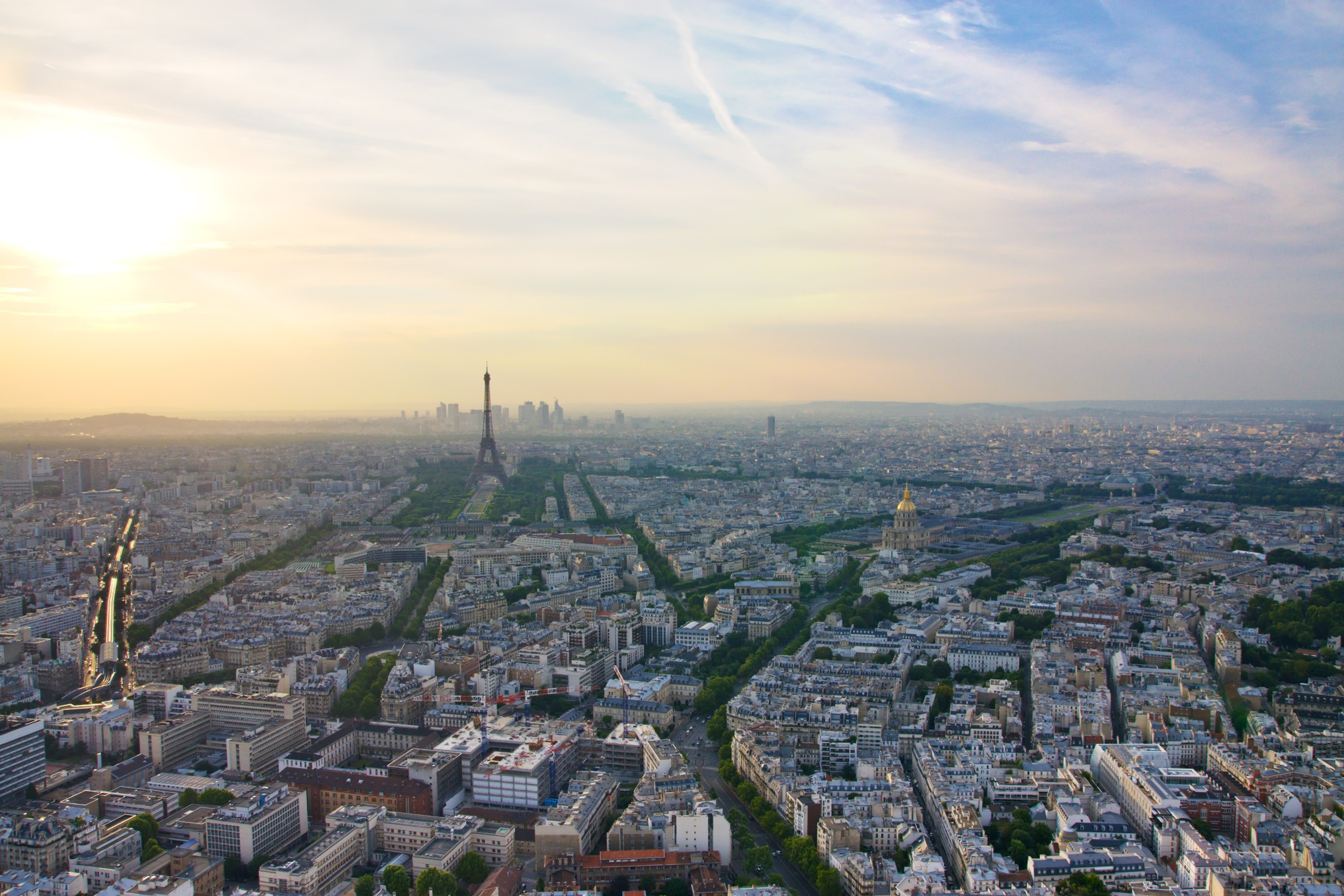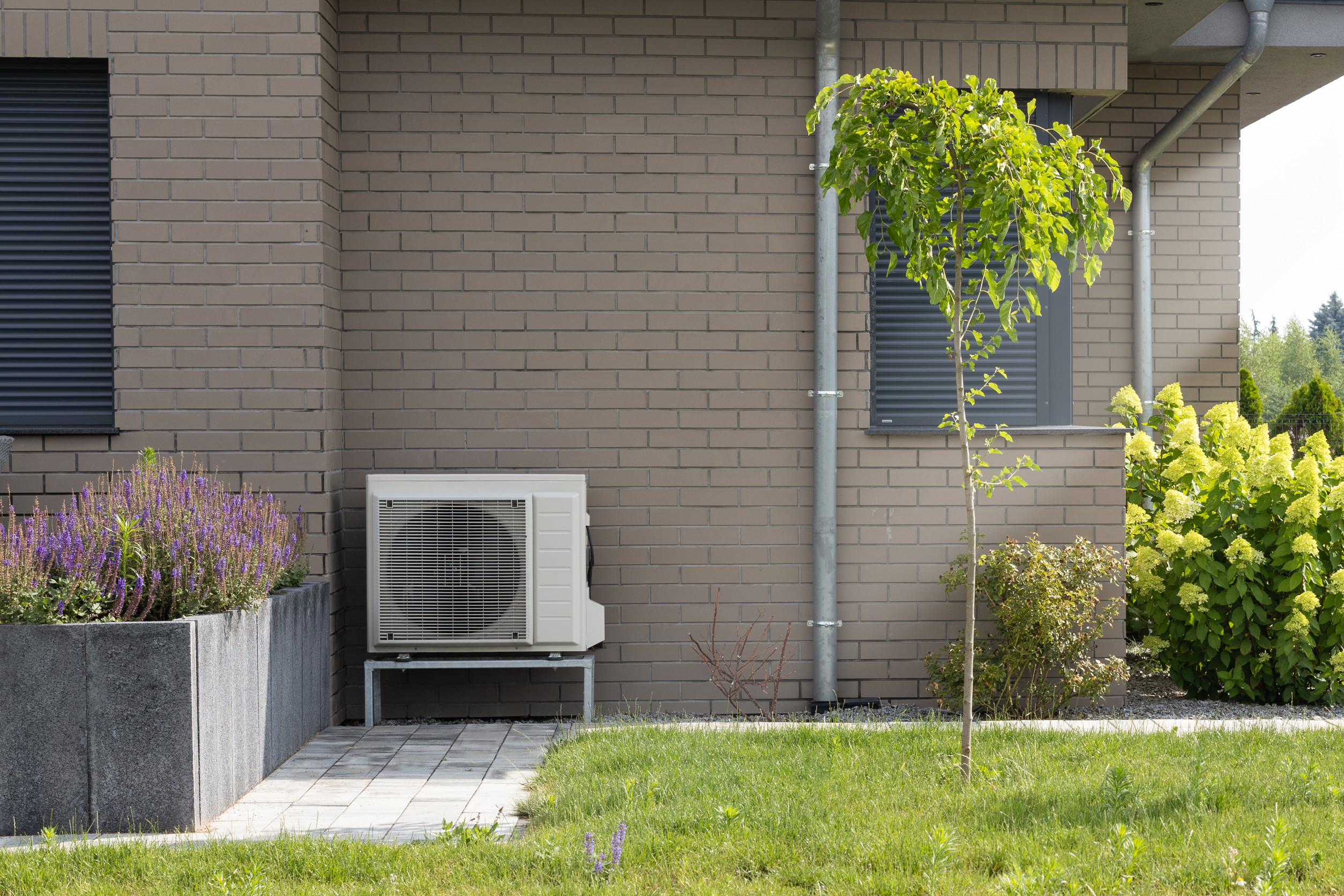Image Credit: unknown1861/123rf.com
Over the past two decades, Paris has undergone a significant transformation in its urban landscape, prioritizing sustainability and public health. This reimagining of the city has led to a substantial reduction in air pollution, with recent data indicating a 55 percent decrease in fine particulate matter (PM 2.5) and a 50 percent drop in nitrogen dioxide levels since 2005. The improvements are largely attributed to stringent regulations and public policies aimed at reducing car traffic and phasing out the most polluting vehicles.
Air quality monitoring by Airparif, an independent organization, reveals a marked change in pollution levels across the French capital. In 2005, air pollution maps indicated high levels of nitrogen dioxide across nearly all neighborhoods, while the latest maps from 2023 show a significant reduction, with only a few areas along busy thoroughfares still exceeding European Union limits.
The city’s strategy, spearheaded by Mayor Anne Hidalgo since 2014, has focused on creating a more pedestrian-friendly environment. Key initiatives include transforming sections of the Seine riverbank into pedestrian zones, banning most vehicles from Rue de Rivoli, and increasing parking fees for larger vehicles. Recent referendums have also seen residents vote in favor of converting an additional 500 streets to pedestrian use.
Despite facing criticism from certain groups, including right-leaning politicians and suburban drivers, Paris has seen overwhelming public support for its green initiatives. The overall decline in air pollution illustrates the effectiveness of long-term urban planning policies that prioritize public health and environmental sustainability.
Paris’s experience serves as a valuable model for other cities facing challenges related to pollution and traffic congestion, demonstrating that urban redesign can significantly impact public health and quality of life.
Check out the original article here: Source link



